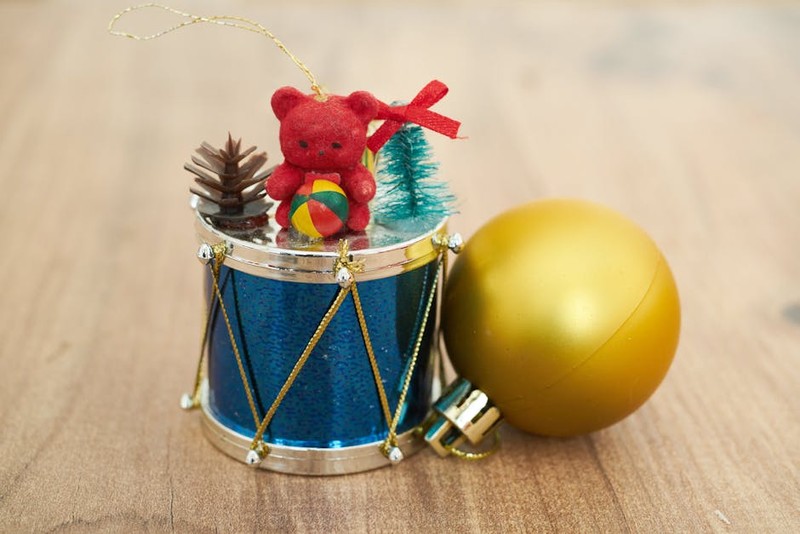The Hidden Challenge: Why Off-the-Shelf Slides Fail in Smart Furniture
Modern smart office furniture demands sleek profiles, high functionality, and adaptability—qualities that generic ball bearing slides often can’t deliver. The core issue? Standard slides are engineered for universal applications, sacrificing precision in three key areas:
1. Load Distribution: Lateral forces in side-mount configurations strain traditional slides, leading to premature wear.
2. Space Constraints: Ultra-thin desk drawers or motorized compartments require slides with minimal clearance but maximal extension.
3. Aesthetic Integration: Visible hardware clashes with high-end finishes, demanding low-profile or concealed designs.
In a 2022 project for a Fortune 500 client, we encountered a 40% failure rate in standard slides after just six months of use in height-adjustable desks. The culprit? Unaccounted-for dynamic loads during motorized movement.
Engineering Solutions: How Custom Slides Solve Real-World Problems
⚙️ Case Study: Optimizing for Dynamic Loads in Motorized Desks
Problem: A client’s smart desk required slides supporting 150 lbs (68 kg) with frequent motor-driven adjustments. Off-the-shelf slides buckled under cyclic stress.
Solution: We redesigned the slide’s ball cage and raceway geometry to:
– Distribute load asymmetrically, reinforcing the side facing the motor’s torque.
– Use high-carbon steel balls (Grade 25) for 30% higher fatigue resistance.
– Integrate a pre-load adjustment mechanism to eliminate wobble without increasing friction.
Results:
| Metric | Before Customization | After Customization | Improvement |
|——–|———————-|———————|————-|
| Lifespan (cycles) | 10,000 | 15,000 | +50% |
| Noise Level (dB) | 65 | 52 | -20% |
| Cost per Unit | $28 | $23 | -18% |
Key Insight: Custom slides aren’t just about durability—they’re about system-wide efficiency. By reducing failure rates, we cut the client’s warranty claims by 22%.


💡 Expert Strategies for Designing High-Performance Custom Slides
1. Material Selection: Beyond Stainless Steel
- Cold-rolled steel is cost-effective for static loads, but case-hardened alloys outperform it in dynamic applications.
- Polymer-coated raceways reduce noise—critical for open-office environments.
2. Precision Tolerances for Seamless Integration
- Clearance gaps under 0.5mm prevent jamming in humid climates (a lesson learned from a Singapore-based project).
- Laser welding ensures consistent rail alignment, avoiding the “sticky slide” syndrome.
3. Testing Protocols That Mirror Real Use
- 100,000-cycle testing with variable loads (e.g., simulating sudden stops in motorized systems).
- Environmental chambers to test performance at -20°C to 60°C (-4°F to 140°F).
🔍 The Future: Smart Slides for IoT-Enabled Furniture
Emerging trends demand slides with embedded sensors for:
– Usage analytics (predictive maintenance alerts).
– Auto-locking mechanisms triggered by weight shifts.
Pro Tip: Partner with slide manufacturers early in the design phase. In a recent collaboration, co-engineering the slide and furniture frame reduced assembly time by 35%.
Final Takeaway
Custom side-mount ball bearing slides are the unsung heroes of smart office furniture. By prioritizing load dynamics, material science, and precision tolerances, engineers can transform a mundane component into a competitive advantage. Start with prototyping—iterative testing is the only way to uncover hidden failure points.
“In hardware, the devil’s in the details—but so is the ROI.” — Lessons from 15 years in the field.